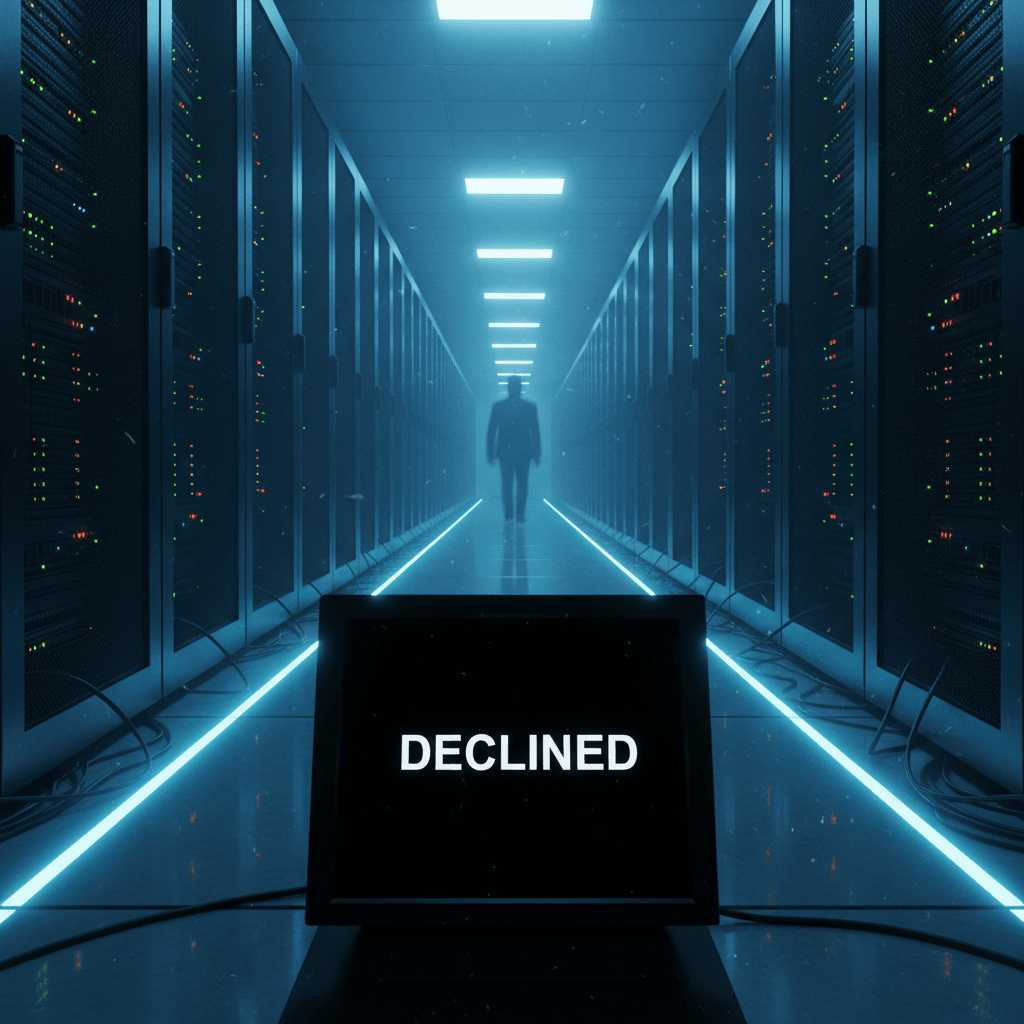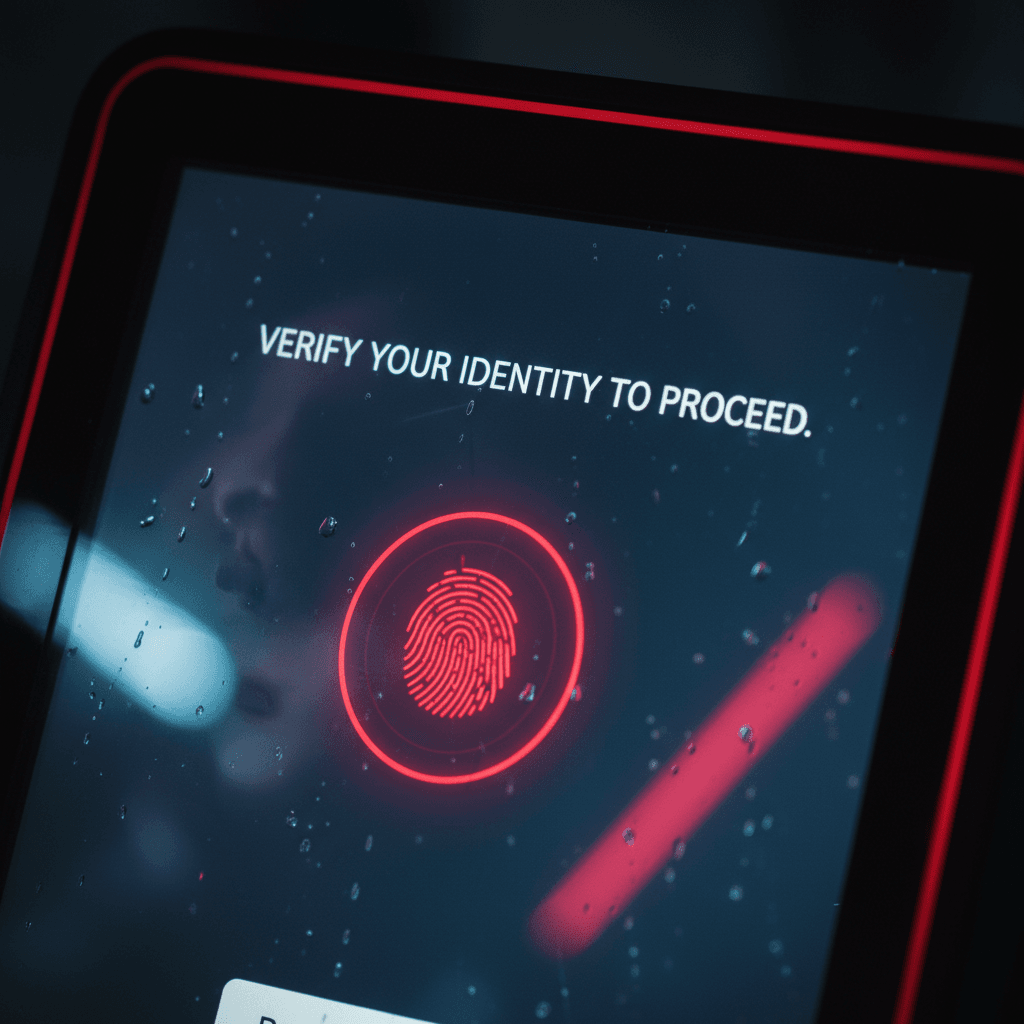🎬 THE PLOT TWIST A RAMS Briefing — where convenience meets control.
The Return of the ID Dream
They tried this once before.
Tony Blair called it modernisation. Parliament called it madness.
Civil-liberties groups tore the plan apart and the idea was buried—at least, that’s what we were told.
Fast-forward two decades. New faces, same dream: a Digital ID for every citizen.
Back then, the world wasn’t ready; the cloud was a rumour, the smartphone a luxury.
Today, your face unlocks your life. AI writes policy drafts. The rails are built.
Maybe the system never died.
Maybe it was simply waiting for us to become dependent enough to stop saying no.

The Power Behind the Push
Follow the money, always.
Enterprise giants—Oracle, Microsoft, consultancy triads—already hold the keys to government data.
They built the tax rails, the health systems, the cloud contracts.
Now they’re offering to “help” unify identity.
The question isn’t whether politicians understand the tech.
It’s whether the tech vendors now are the politicians.
A single login for healthcare, payments, travel, and soon—voting.
Efficiency becomes obedience dressed in UX.

The Unexpected Refusal — Palantir Steps Back
Then came the shock: Palantir said no.
The same firm trusted with NHS analytics, defence intelligence, and policing data refused to bid on the Digital ID project.
Their reason? “Not in the manifesto. Not democratic. Not for us.”
When the architects of surveillance walk away from a system, you have to ask what’s inside the blueprint.
Even the watchers don’t want to be that responsible.

The Twist in the Timeline
Labour wants it live before the end of its term.
Why rush?
Because if Digital ID arrives before the next election, registration could quietly become a requirement to vote.
You’ll need an ID to prove who you are—issued by the same state deciding who counts.
The ballot box becomes the beta-test.
Democracy becomes an app—terms and conditions may apply.

The Foreign Mirror — China’s Super Embassy
Meanwhile, London prepares to host Europe’s largest Chinese embassy.
Intelligence agencies call China a “systemic threat.”
Politicians call it “strategic partnership.”
In China, Digital ID isn’t a debate—it’s daily life.
Facial recognition, travel permissions, credit scores: control disguised as order.
Now, that infrastructure is building a diplomatic fortress in the heart of London.
If the blueprint already works abroad, why reinvent it?
Just import it—brick by encrypted brick.

The Border Goes Digital
The EU’s Entry & Exit System (EES) and ETIAS will soon scan every traveller’s face and fingerprints.
Britain follows with digital borders and biometric travel passes.
The line between freedom and permission blurs; the turnstile becomes algorithmic.
Your passport doesn’t prove who you are—it confirms what you’re allowed to do.
The world map shrinks to the size of a QR code.

Connecting the Dots
When you step back, the pattern isn’t hidden — it’s just disguised as progress.
Every new system that promises protection quietly builds another gate.
Each “upgrade” adds one more checkpoint between people and power.
The Architecture of Control
Digital ID → the control node for identity and access.
Super Embassy → the data collection hub, an offshore server with a flag.
ETIAS / EES → the mobility filter that decides who moves and when.
Online Safety Act → the thought gate that regulates what you can say.
Individually, they sound harmless — even helpful.
Together, they create the framework of a digital obedience system,
coded in the language of safety and convenience.
“This isn’t dystopia. It’s bureaucracy — upgraded.”

The Countermove — Project R.A.M.S.
Project R.A.M.S. is the counter-intelligence network for citizens.
We don’t fight the system by smashing screens—we build better rails.
Data Sovereignty: you own your health, DNA, and identity.
Community Resilience: peer-verified trust, not state-issued permission.
Transparency by Design: no hidden algorithms, no redacted rights.
If they build rails of control, we build rails of resilience.
Because freedom isn’t a protest—it’s a protocol.
Conclusion
The real plot twist isn’t that governments want control.
It’s that we still have time to write a different ending.
Your data. Your identity. Your choice.
Join the rebuild before the credits roll.
